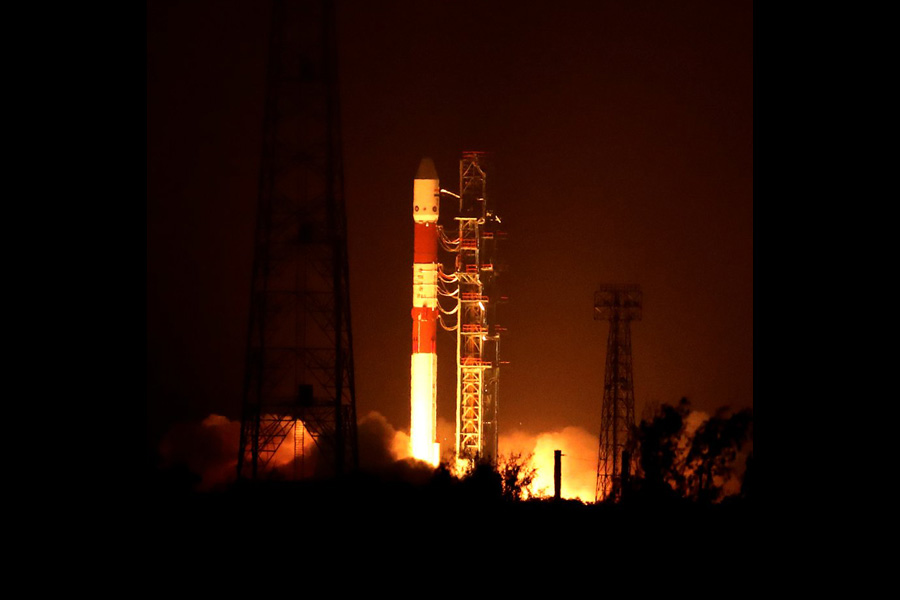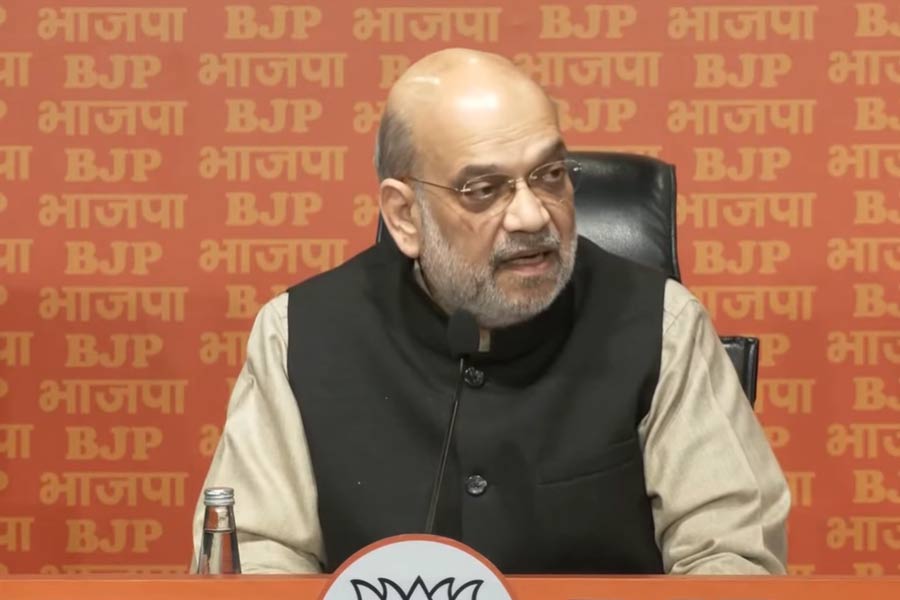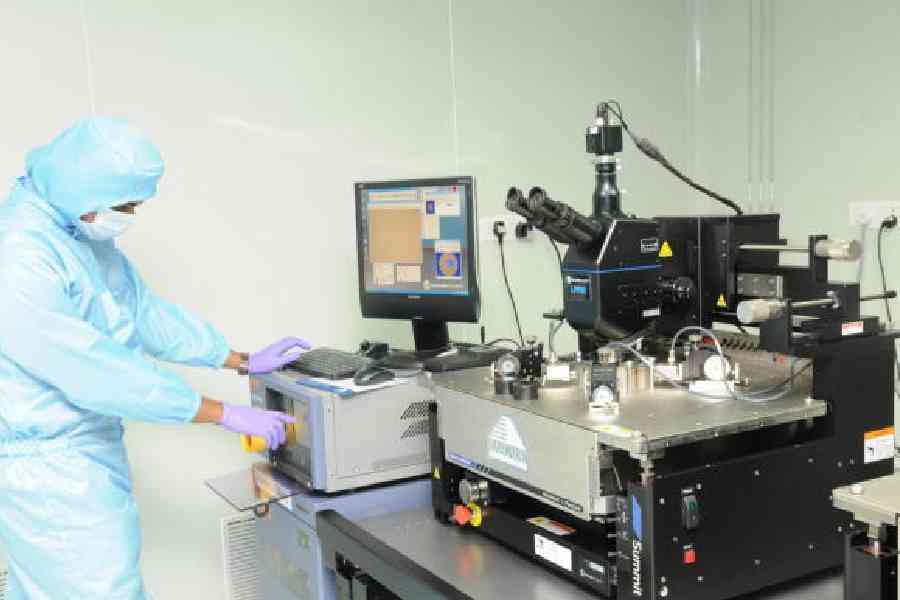India’s space agency on Sunday brought two satellites within three metres of each other before separating them ahead of a space docking experiment, a manoeuvre crucial for future missions like building a space station or landing humans on the moon.
“A trial attempt to reach up to 15m and further to 3m is done. Moving back spacecrafts to safe distance,” the Indian Space Research Organisation (Isro) said at 7.06am in a post on X. “The docking process will be done after analysing data further.”
Isro had launched the two satellites named Chaser and Target into 475km circular orbits around Earth on December 30. The agency has already pushed forward the docking attempt twice. Isro said on January 6 that the docking scheduled for January 7 had been postponed to January 9. “The docking process requires further validation through ground simulations based on an abort scenario identified today,” the agency had said.
After launch, the satellites were to fly up to 20km apart. At that point, a propulsion thruster on one satellite was activated to maintain their separation of 20km. The next steps involve gradually closing the distance between them, while maintaining their orientation in space to achieve successful docking.
Isro on January 8 decided to postpone the January 9 docking attempt after it observed a greater-than-expected “drift” during a manoeuvre to maintain a 225m distance between the satellites. A day later, Isro said the drift had been arrested and the spacecraft placed in a “slow drift course” to move closer toeach other.
At 5.17am on Sunday, Isro said the satellites were only 15m apart. “At 15m, we see each other clearer and clearer, we are just 50 feet away for an exciting handshake,” Isro posted on X.
At 6.19am, Isro said the satellites were “holding position at 15m, capturing stunning photos and videos ofeach other”.
But an hour later, Isro said the satellites had been brought up to 3m of each other and moved apart to a safe distance. The agency did not explain why the docking was not completed but postponed for a future attempt.
Isro has said the planned docking will be even more challenging due to the small size and mass of Chaser and Target which would demand higher precision levels than required for the docking of larger spacecraft.









